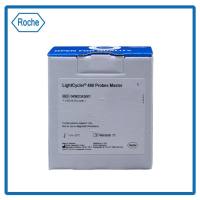The Preparation of Fluorescein-Labeled Nucleic Acid Probes and Their Detection Using Alkaline Phosphatase-Catalyzed Dioxetane Chemiluminescence
互联网
互联网
相关产品推荐

Roche 4887301001 LightCycler 480 Probes Master 10x 5ml 探针法实时定量试剂盒
¥13200

重组人Prostatic Acid Phosphatase/ACPP蛋白
¥4260

Alkaline phosphatase/APLI重组蛋白|Recombinant Human Alkaline Phosphatase / ALPI Protein (His Tag)
¥1790

DSPE PEG Fluorescein, DSPE-PEG-FITC,MW 5000 Da,阿拉丁
¥989.90

C1D/C1D蛋白Recombinant Human Nuclear nucleic acid-binding protein C1D (C1D)重组蛋白1110036E10Rik蛋白
¥1344
相关问答
相关方法
推荐阅读
The Preparation of Horseradish Peroxidase-Labeled Nucleic Acid Probes and Their Detection Using Enhanced Chemiluminescence
Hybridization of Fluorescein-Labeled Oligonucleotide Probes and Enhanced Chemiluminescence Detection
Hybridization and Detection of Fluorescein-Labeled DNA Probes Using Chemiluminescence

